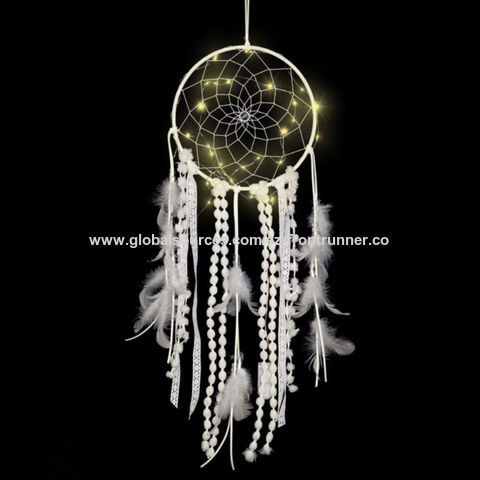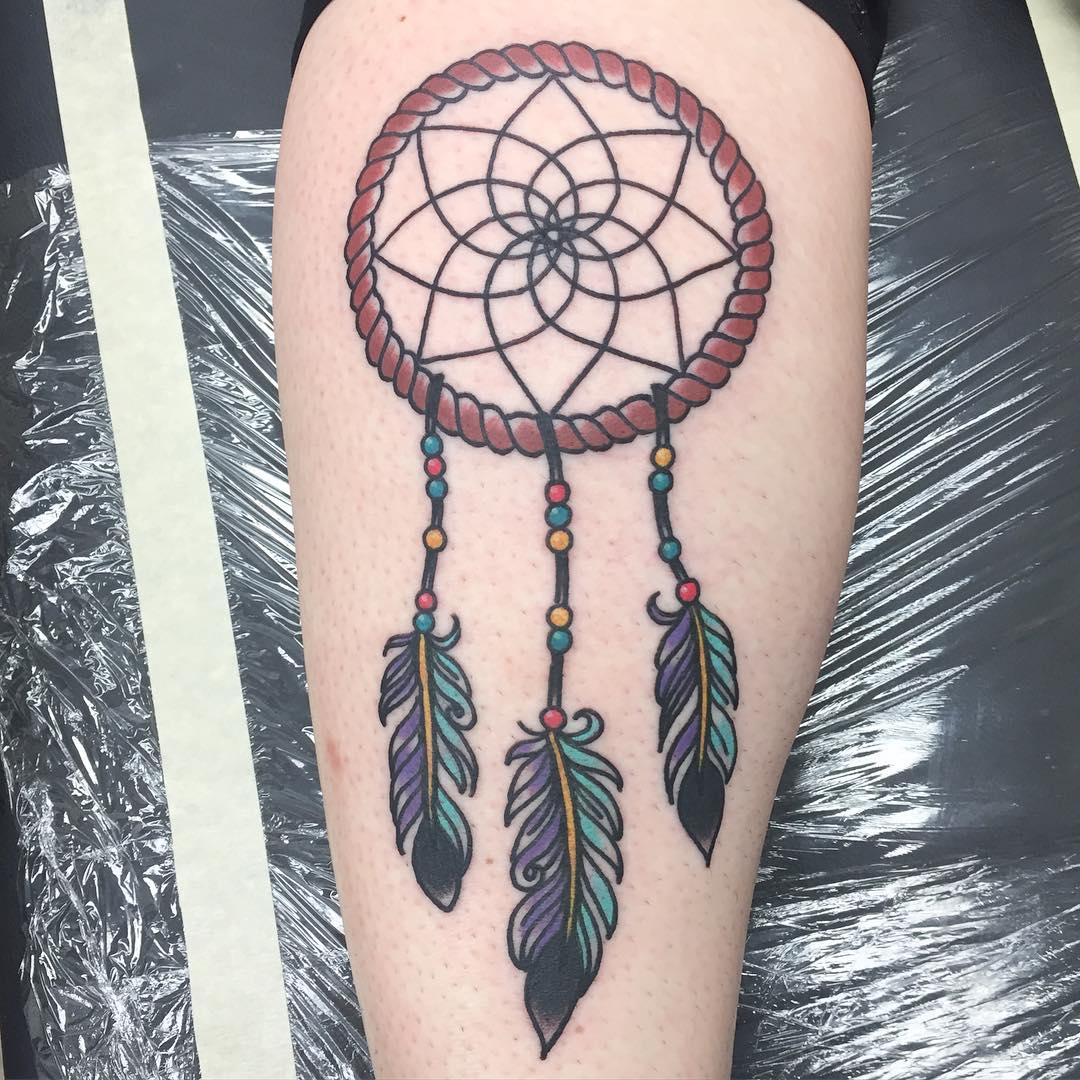Traditional Dream Catcher 4,0/5 7364 reviews
The dreamcatcher is a Native American Indian craft. The traditional dreamcatcher was made to protect an individual from bad dreams. The premise of the dreamcatcher is to catch the bad dreams in the center hole of the web while allowing the good dreams to pass through. A traditional dream catcher uses willow bark, grapevine or sinew. These can be rather tough to find, but plenty of modern alternatives are available. And is decorated using things found in everyday life. In all its simplicity, it is akin to a dream filter, safeguarding you from those ferocious dreams that hound you at night. Things You Will Need.
The dream catcher is most commonly associated with Native American culture. Originating from the Ojibwe people, who lived primarily in the northern USA and Canada, the dream catcher shares a story that bends the the seams between dreams and reality.
Traditional Dream Catcher Materials


Nowadays often seen in souvenir and gift shops or hanging off a bedroom wall, these handcrafted trinkets typically consist of a round, woven net of various fiber or red willow, and adorned with feathers, leather, beads, or various other materials differentiating from tribe to tribe.
The Ojibwe Dream Catcher Legend
The Ojibwe word for a dream catcher is ‘asabikeshiinh’. This term is the inanimate word for ‘spider’. According to American ethnographer ‘Frances Densmore‘, the origin of the dream catcher lies in a folktale of the Asibikaashi. The Asibikaashi were believed to be a type of human and spider hybrid, who along with Wanabozhoo, brought the sun to the people of the land.
After this, they became caretakers of the children, the tribe, and the land. The story goes on to say that as the Ojibwe tribe began to occupy more territory it became more taxing for the Asibikaashi to tend to all the land. This led to the tribal women spinning web shaped ornaments out of willow, sinew or cord to give to children and infants as protective charms. It was thought that these charms would catch any evil, or bad dreams that might be in the air, similar to how a spider web catches whatever flies into it.


The Lakota Dream Catcher Legend
Long ago, when the world was young, an old Lakota spiritual leader was on a high mountain. On the mountain, he had a vision. In his vision, Iktomi – the great trickster and teacher of wisdom – appeared in the form of a spider.
Iktomi spoke to him in a sacred language. Only spiritual leaders of the Lakota could understand. As Iktomi spoke, he took the elder’s willow hoop – which had feathers, horse hair, beads and offerings on it – and began to spin a web.
He spoke to the elder about the cycles of life and how we begin our lives as infants. We then move on to childhood and in to adulthood. Finally, we go to old age where we must be taken care of as infants, thus, completing the cycle.
“But,” Iktomi said as he continued to spin his web, “in each time of life there are many forces – some good and some bad. If you listen to the good forces, they will steer you in the right direction. But, if you listen to the bad forces, they will hurt you and steer you in the wrong direction.”
He continued, “There are many forces and different directions that can help or interfere with the harmony of nature and also with the Great Spirit and all of his wonderful teachings.”
All while the spider spoke, he continued to weave his web … starting from the outside and working toward the center. When Iktomi finished speaking, he gave the Lakota elder the web and said, “See, the web is a perfect circle, but there is a hole in the center of the circle.”

Traditional Dream Catcher
“Use the web to help yourself and your people … to reach your goals and make use of your people’s ideas, dreams and visions. If you believe in the Great Spirit, the web will catch your good ideas, and the bad ones will go through the hole.” (Note: Some bands believe the bad ideas are caught in the web and the good ideas pass through to the individual. Either account is acceptable.)
The Lakota elder passed his vision on to his people. Now, the Sioux use the dream catchers as the web of their life. Traditionally, it is hung above their beds or in their homes to sift their dreams and visions. Good dreams are captured in the web of life and carried with them … but the evil dreams escape through the center’s hole and are no longer part of them. (Note: Some bands believe the bad ideas are caught in the web and the good ideas pass through to the individual. Either account is acceptable.)
Traditional Dream Catcher Materials
Lakota believe the dreamcatcher holds the destiny of their future.